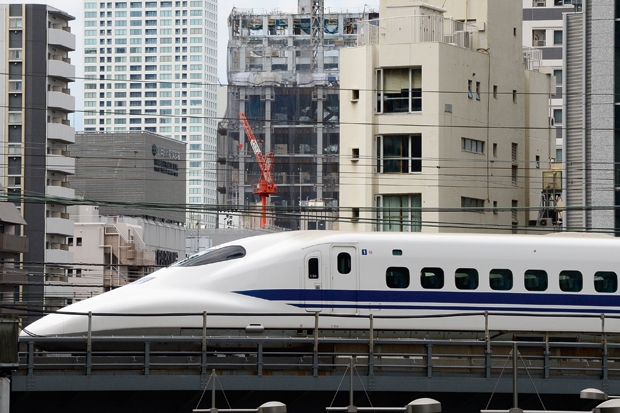In 1963, Dr Richard Beeching, an ICI director with a PhD in physics, a qualification that clearly boondoggled his credulous political patrons, published a government report called ‘The Reshaping of British Railways’. It identified 8,000km of painstakingly created track for closure.
At the time, road transport seemed just the thing. Lorries? Bring them on! Commuting by car? What could possibly be the objection? Beeching was a tragic case-study in mandarin myopia. It was not so much that he did not hit the target. He couldn’t even see it. The year after Beeching, Japan inaugurated its Shinkansen, the world’s greatest high-speed railway.
The year after the Shinkansen, work began in Bristol on the prototype Concorde. Transport systems always betray the beliefs and preoccupations of their sponsors. Take Roman roads: what better insight could there be into the Imperial Latin psychology than an absolutely straight path? A Cadillac convertible? The Eisenhower years!
Concorde was high-speed, costly, exclusive, romantic, beautiful and practically useless. Of course, it has long since been abandoned, an expense of spirit in a waste of shame. The Shinkansen continues to evolve and expand. Quite rightly, it excites fierce pride among the Japanese.
It is one of the most powerful symbols and one of the most precious assets of modern Japan, linking the entire archipelago with popular high technology. The northern island of Hokkaido is not yet on the system, but it will be. A fast, efficient and comfortable railway, and one that oozes confident style, has a value that is beyond the cold calculations of Beeching-era physicists or today’s transport economists — and maybe beyond the comprehension of today’s timorous HS2-deniers.
Shinkansen is always known as the ‘bullet train’, although the word actually means, more prosaically, New Main Line.








Comments
Join the debate for just £1 a month
Be part of the conversation with other Spectator readers by getting your first three months for £3.
UNLOCK ACCESS Just £1 a monthAlready a subscriber? Log in